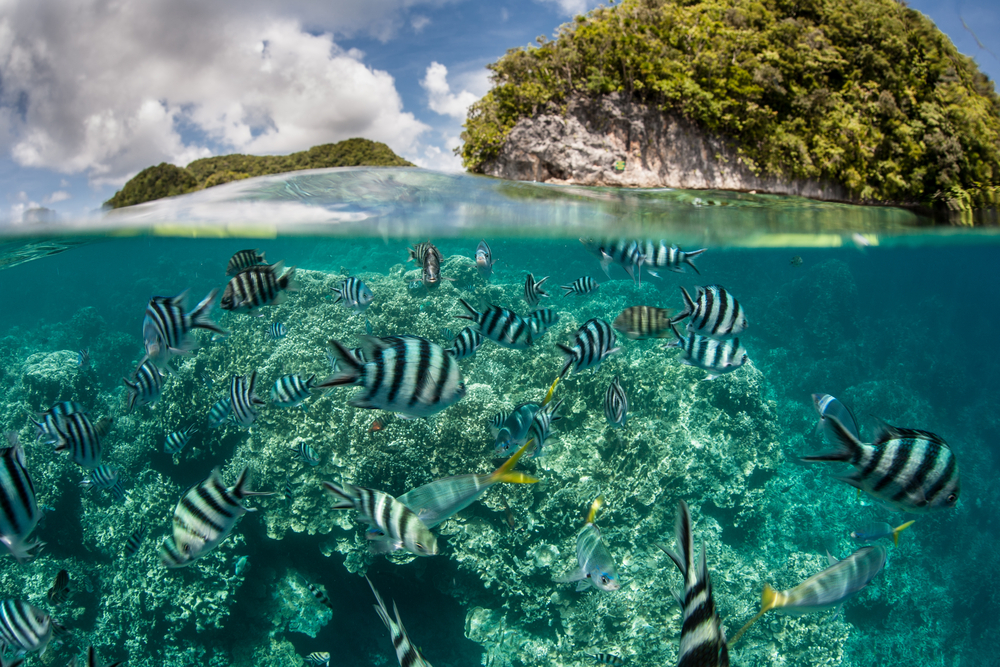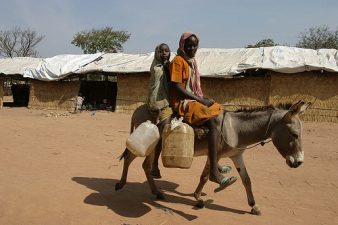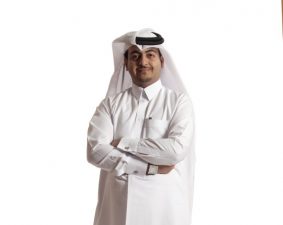
Back in high school we bought a few acres of rainforest in Brazil – to save it. To stop illegal logging. To preserve biodiversity. Instead of buying just an acre or two or a few hundred, a researcher from Israel has a plan to save the world’s biodiversity – by buying 1.4% of the planet using crowdfunding.
Prof. Uri Shanas of the University of Haifa has launched an unusual new initiative: a massive, international, and democratic “purchase group” open to all that aims to save the Earth. “It is neither possible nor necessary to conserve the entire planet all the time,” Prof. Shanas explains.
“But if we manage to conserve even a small percentage that is home to an unusual diversity of plant and animal life in danger of extinction, we can go some way to halting the current process of species extinction.”
Prof. Shanas is using the crowdsourcing technique to raise the funds needed to launch the initiative.
He explains that many species of plants and animals already face extinction, and the list is getting longer due to global warming and the ongoing destruction of open spaces. “We can’t always predict the consequences of the disappearance of a single species from the ecosystem,” he admits, “but there are examples of systems that have collapsed to an extent that has influenced human life following the extinction of a single species.
“For example, the disappearance of the sea otter in the Pacific Ocean led to an increase in the population of sea urchins. The sea urchins ate seaweed that provided the necessary underwater habitat for development of fish and other sea life. The consequence was a collapse of fisheries that affected many fishermen and their families.”
Prof. Shanas’s plan for saving biodiversity is simple: 1.4 percent of the Earth’s surface is currently defined as “biodiversity hot spots” – areas with numerous plant and animal species on the brink of extinction.
Purchasing these areas and transforming them into nature reserves will save these species, and thereby save life on the planet.
If the necessary funding is raised to launch the organization – known as TIME (This Is My Earth) – anyone around the world, adult or child, will be able to join by making a payment of at least one dollar. Once a year, all the members will vote on how to invest the organization’s funds, based on a list of biodiversity hot spots prepared by an international team of scientists.
Every member will have an equal vote, no matter how much they pay.
Prof. Shanas emphasizes that the TIME group differs from existing efforts by groups and individuals to purchase land for the purpose of conservation. The difference lies in the democratic, international, and public character of his initiative, as well as in the fact that members in each country will be responsible for caring for the purchased areas. “The goal isn’t to engage in some kind of ‘green colonialism,’ but to enable local residents to manage their own natural resources.
“We are interested in founding an organization that can help educate people to involvement, environmental conservation, and democracy from an early age. And yes – to save the Earth in the process,” he concludes.
Great idea, but who will manage the purchased land and protect it into the future will be the bigger question.
Photo of damselfish at sea from Shutterstock




Comments are closed.